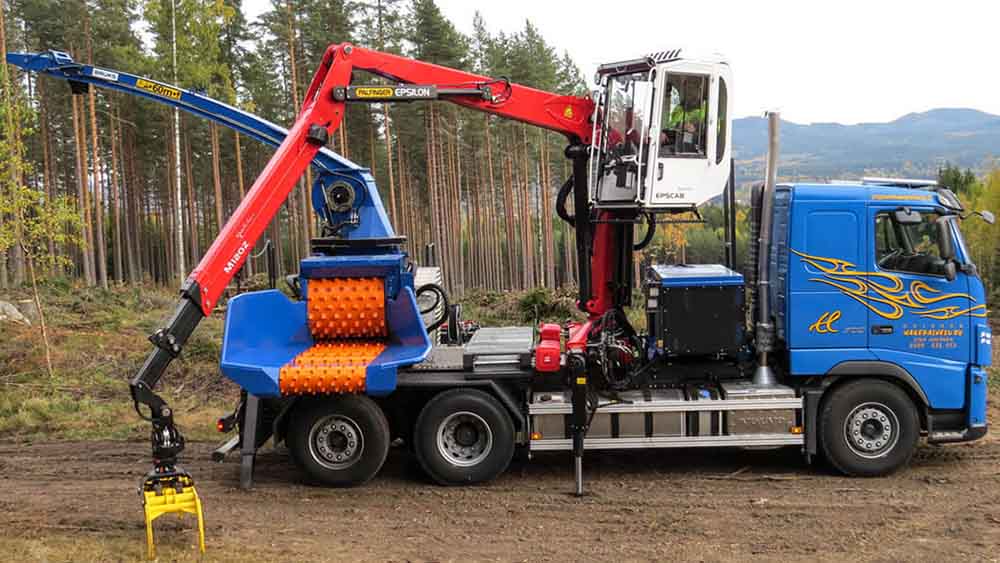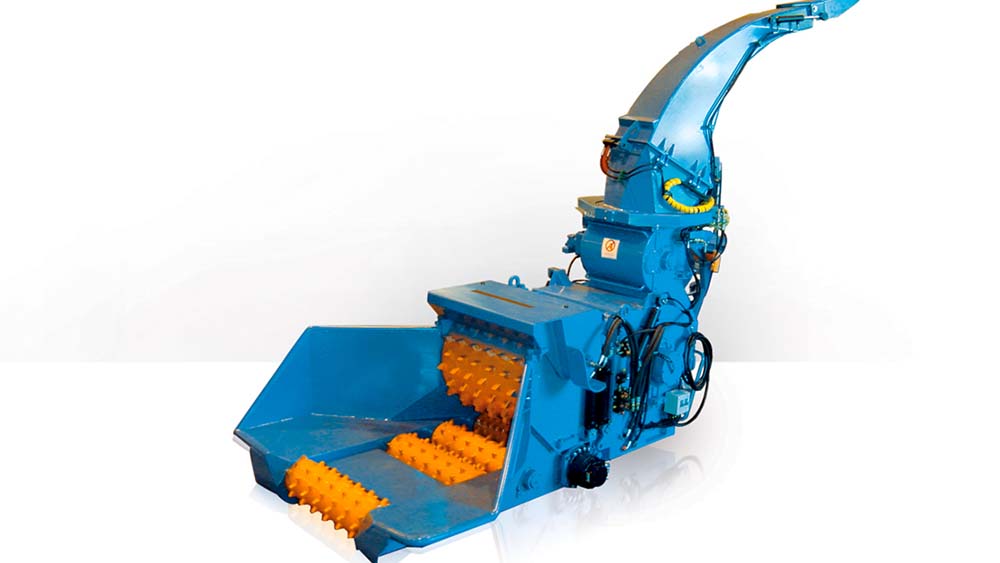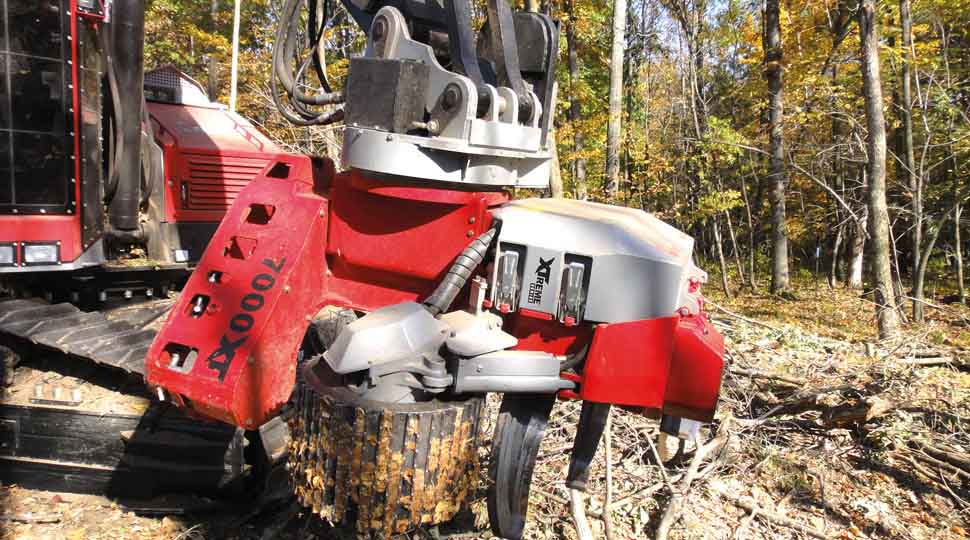THE BOTANY of trees and the practice of forestry were of particular interest to Rob Tap during his studies for a Bachelor of Science Degree at the ANU, though it wasn’t till he worked with a Queensland-based consulting company, specialising in sustainable land management, that he got to put his interests to practical use.
“I worked primarily with rural landholders; farmers or horticultural enterprises, but also some companies implementing rural residential developments,” says Rob.
That was in the late 1980s when words like agroforestry and farm forestry were entering the language of those wanting to improve their agricultural and environmental sustainability, “and I worked on this almost fulltime”.
“Then 1990 was the start of the decade of Landcare and. the start of our business – Forestfarmer. We focused on contract revegetation and farm forestry projects,” he said.
Fast forward another 10 years to 2000 and the South East Queensland Forestry Agreement.
To help transition hardwood mills out of native forest the Queensland Government eventually committed funds to 20,000 hectares of eucalypt plantation to be established by 2025 (the Hardwoods Sawlog Program).
“I tendered for some planting and tending work and within two years Forestfarmer was involved in all silviculture operations of the Hardwoods Program. It was being managed by the then DPI Forestry – FPQ (Forestry Plantations Qld).
“It was an interesting time; our innovations were encouraged and Forestfarmer, together with other contractors, worked co-operatively with staff of FPQ to meet the challenges of establishing eucalypt plantations in the subtropics. Today, all Queensland plantations are owned or leased by Hancocks FPQ Pty Ltd.
“We have always adapted to new opportunities. In 2006 I decided to concentrate on non-commercial thinning of the plantations we were helping to establish. I was also hoping to develop opportunities for small round wood. The size of FPQ hardwood plantations varies from 10ha to more than 800ha; the most common is in the 50 to 100ha range.
“In 2005, looking for inspiration and machinery suitable for a farm forestry scale of operation I went to Sweden.”
Rob said that in Sweden and Finland more than 50% of the industrial roundwood is supplied by small scale growers (Sweden – 350,000 holdings of around 50ha and Finland 630,000 holdings with areas averaging only 20ha).
“The scale of contribution to the industry by small growers; the innovations across all sectors of the forest industry; the ways that industry, communities and Governments were working together under policies that take a long term view… beyond the short terms of political cycles … was just breathtaking.
“Why can’t we do that in Australia?
“That’s another story, though,” he says.
“In Sweden I saw smaller harvesters aimed at small roundwood and first thinnings. The Rottne H8 struck me as being the best suited to our situation and the type of machine that would allow us to grow into new opportunities as they arose. So, in 2006 we took delivery of an H8 from Randalls Equipment.
“The Rottne has been very reliable and is perfect for what we do. It has a 140Hp JD engine, it’s only 2.2m wide, weighs less than 10 tonne, is self leveling and has a reach of 7m. The H8 is light-footed and agile.
“We had been using a multi-stemming hydraulic shear made by Naarva in Finland but changed to a Log Max 4000 which was supplied and installed by Scandinavian Forestry & Engineering – Log Max Australia.
“The Log Max is a little heavier so we have some compromise with our reach capability; however, for the work we have been doing we have not seen any drop in productivity compared to the shear head. As expected, in larger timber it’s faster,” said Rob.
He explained that the change to the Log Max was needed to accommodate larger tree sizes and the cut to length work he is now moving into.
“The accumulating kit on the head allows us to maintain the high tree handling efficiency needed in our non-commercial thinning work. The accumulating function of these small heads comes from the massive interest in energy wood harvesting in Europe, where non-commercial and commercial thinnings are often harvested at the same time (much of the non-commercial thinnings are then transported to power stations). The processing ability allows us to focus on new work possibilities in Cypress, Native Forest and Farm Forestry,” Rob said.
“We went with the Log Max 4000 because we needed a small processing head that can multi-stem and stump spray. However, importing a harvesting head that was unproven in Australia and not often fitted to a Rottne H8 was a gamble. Johan Jaktman of Log Max in Tumut has always been supportive of our efforts to explore the harvesting and use of small roundwood non-commercial thinnings. Between Johan and David Wakem, also of Log Max, I knew I had the technical expertise for a successful install. The factory in Sweden has also been very helpful,” said Rob.
Forestfarmer has been conducting non-commercial thinning for Forestry Plantations Queensland for more than five years, and has also recently worked for Elders Forestry in Far North Queensland thinning teak plantations.
Rob says the non-commercial thinning work has kept him busy but he’s keen to get back to farm forestry roots.
“From the work we’ve been doing, and what I know of the challenges faced by farm foresters, I know we have the right machine and experience to take this step.
“Easier said than done. State Governments continue to report on the value of farm forestry to local economies, the farm enterprise, the environment. It seems to tick a lot of boxes but apparently not the right ones!
“Government support programs, and therefore community and industry confidence has lacked sufficient drive, funds and duration to develop any momentum,” said Rob.
Forestfarmer has some work lined up in northern NSW hardwood plantations and, according to Rob, trips to Victoria have been encouraging.
“Victoria has some 25,000ha of farm forestry plantings, much of this is at or past first thinning age. The challenge is how to offset the thinning costs, this applies to all forest growers, of course, but it is particularly difficult for those with smaller holdings that lack scale.
“I look forward to being part of the solution.”



